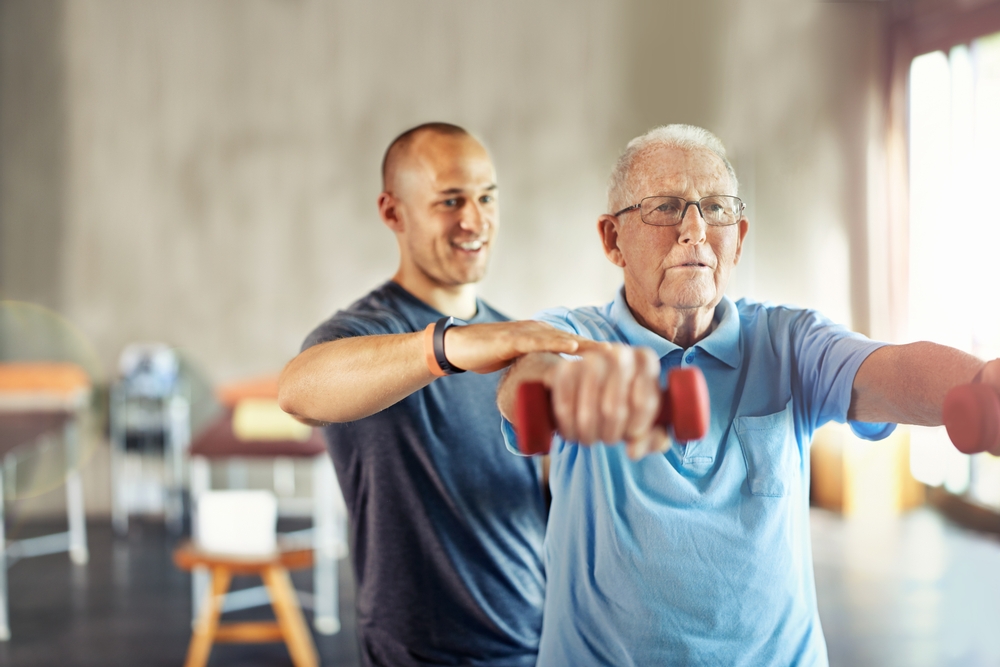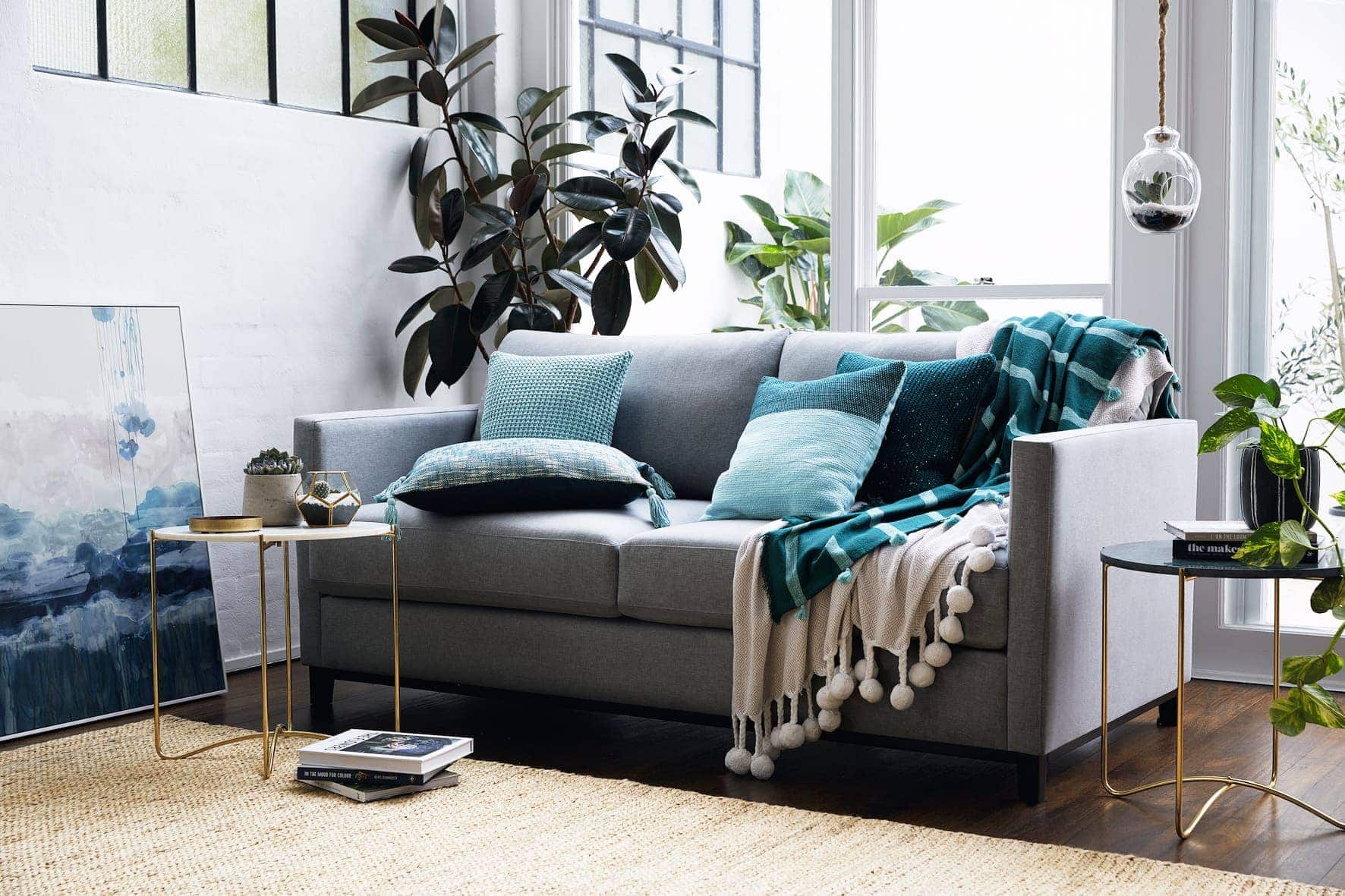Have you ever wanted to start kayaking as a hobby but don’t know where to start? Well, you’re in luck. You will learn in today’s discussion tips for beginners. Also, check out additional facts at Red Beard Sailing to help you with the tools and gear you will need in your adventure.
Find out as well the health benefits of the sport, basic gear, and a few tips/tricks to get you started. So let’s start with the definition of the sport.

What is Kayaking?
Kayaking is an activity that includes navigating across the water in a small boat with the use of a double-bladed paddle.
It enables the paddler (you) to navigate across waterways by sitting face forward/backwards and rowing the boat with alternating side-to-side strokes with the paddle. The upper torso is free and exposed as the paddler sits in the cockpit with the legs straight beneath a covered deck.
You might have heard the term “canoe” being confused with kayaking. But what’s the difference? Simple. It has to do with where the athlete sits on the boat. Then there is also the type of paddle they use to move it forward.
In a kayak, the paddler sits down and uses a double-bladed paddle to move ahead by dragging the blade through the water on opposite sides. And in a canoe, the paddler kneels and pushes the boat forward using a single-bladed paddle.
Both the canoe and the kayak are raced at all levels, from club to Olympic, with different boat designs depending on the discipline and kind of water. But for the sake of simplicity, we will only focus on Kayaking.

Health Benefits
Kayaking and canoeing are low-impact exercises that can increase your strength, flexibility, and cardiovascular fitness. Particular health advantages include:
Weight Loss
One of the various exercises that might help you lose weight is kayaking. If you paddle at an average speed of 5 mph when kayaking, you’ll burn close to 500 calories each hour. Although it may appear like fewer calories are burned than other forms of exercise, like jogging, kayaking takes far longer and is much more enjoyable than using a treadmill.
Most persons who engage in kayaking activities do so for some time greater than an hour, sometimes even all afternoon. It indicates that each kayaking session might burn close to 1,600 calories. If losing weight is one of your objectives, set aside a few afternoons each week for the activity, and kayak regularly until you reach your optimum weight.
Increases Upper Body Muscle Strength
Because you use your arms mostly throughout the kayak workout, these body components get more toned. The majority of your upper body muscles, including those on your back, shoulders, and chest, are worked out while kayaking. Hours spent paddling assist in strengthening these muscles.
Depending on a number of variables, you would need to paddle your kayak for around 500 strokes to cover a mile. You would have performed 1,000 repetitions if you had travelled even two miles. Your upper body strength will improve with this amount of effort.
Strengthens Core Muscles
During this exercise, your lower back, obliques, and abdomen are also worked. Every stroke you make will include engaging your abs as you reach forward and your lower back muscles as you withdraw. Your obliques contract as you twist in either direction.
Additionally, sitting upright is the best position for maintaining balance while sitting on or inside a kayak, and this maintains your abdominal muscles somewhat active throughout the exercise.
Improves Endurance
Kayaking assists you in increasing your stamina, which means you can endure prolonged durations of activity without being readily exhausted. Your energy levels can be increased by 20% by engaging in moderately demanding activities, like kayaking, at least three times each week.
This kayaking advantage not only extends the duration of the exercise but also enhances the amount of energy you have available for daily tasks.
Improves Mental Health
Getting fresh air and spending time outside might also help you feel less stressed. Although stress is crucial for sustaining mental health, it is also linked to a number of diseases and aggravates any preexisting medical conditions you may have.
In addition to the mood-enhancing effects of nature, cardiovascular activities like kayaking boost the brain’s production of neurotransmitters like endorphins, dopamine, norepinephrine, and serotonin. You may focus on this activity for a few hours each week, and during those moments, you can take a mental break from any issues or difficulties you may be dealing with.
What Equipment Do You Need?
Kayaking is a simple activity so you will need a few essential items. As you gain experience, you may need to purchase more gear. But all the necessary gear for a simple excursion with a kayak boat includes:
- Kayak: You sit inside a tiny boat called a kayak. You’re simply swimming with a stick without it.
- Double-bladed paddle: A wind-resistant oar is an essential kayaking accessory that propels you easily through the water.
- Helmet: It goes without saying that protecting the head is important, and being on wide water is the ideal opportunity to show off your headgear.
- Life jacket: Every sort of water sport has the risk of drowning. Therefore it makes sense to wear a life jacket to stay afloat.
- Waterproof/resistant clothing: Wear a waterproof shirt and jeans since splashes from paddles and small waves might ruin your day. While on your kayaking journey, wearing the appropriate clothing keeps you dry and comfortable.
- Safety goggles: Splash protection may be required if you want to paddle out into choppy rivers in order to maintain a clear field of view for spotting possible risks.
- Durable footwear: If the weather is making staying dry seem impossible, you must have good shoes. You need a solid set of shoes that provide stability and comfort even when getting in and out of the kayak.
- Waterproof/resistant bag: Any valuable belongings will stay dry in a waterproof bag as you travel the waters.
Tips For Your First Kayaking Trip
- Pick out a small, serene body of water. The best locations are lakes or ponds with minimal to no powerboat traffic.
- Locate a sandy, somewhat sloping beach for the launch. A more difficult coastline will be one that is steep, muddy, and rocky.
- Go when it’s sunny and calm. You’ll keep problems to a minimum and comfort levels high.
- Start paddling against the wind if it’s windy. On the way back, paddling against a headwind is difficult, while paddling along a tailwind will be a breeze. Pun intended.
- Plan an excursion rather than an expedition. Keep your paddling time under two hours for the best fun-to-fatigue ratio.









